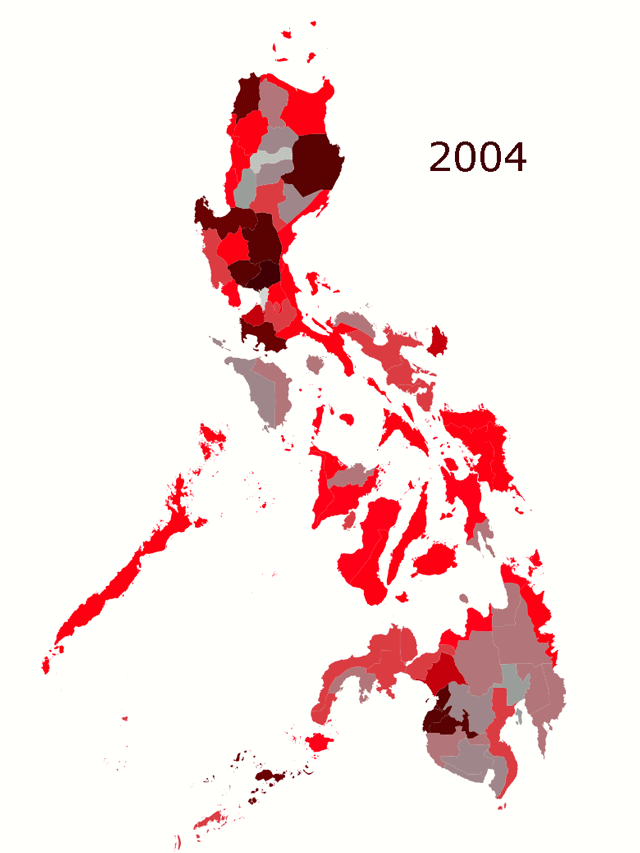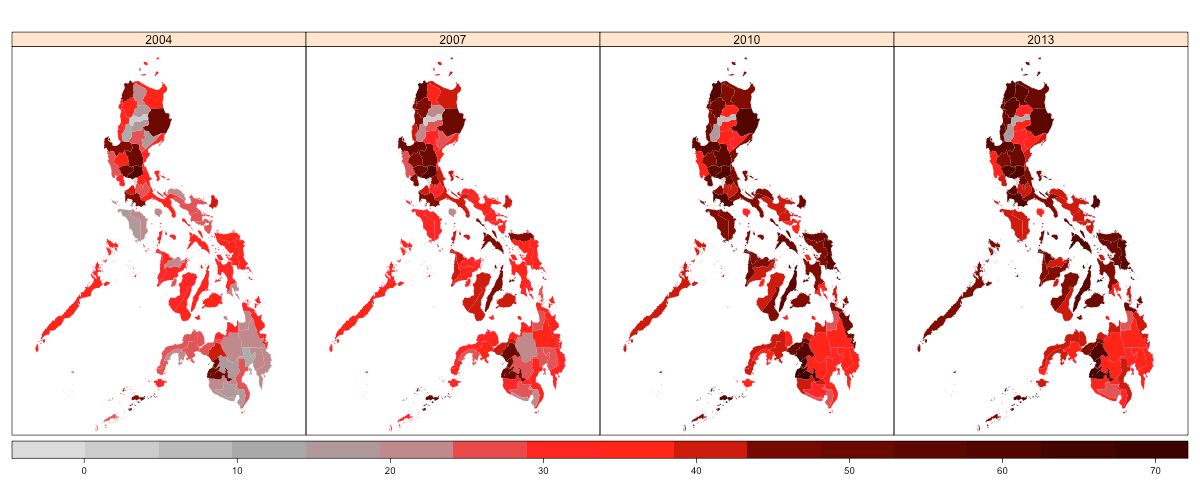SUMMARY
This is AI generated summarization, which may have errors. For context, always refer to the full article.

Last week thousands of people trooped to the Comelec to file their certificates of candidacy (COC), many of them vying for seats in local offices where members of their families hold monopolies of power. After the dust settles on filings, how many local elections will the country lose to dynasties? How many elections are hopelessly locked into a dynastic outcome because all candidates are dynastic?
Over the past few weeks we have heard many stories about dynasties. One admirable woman, Kaka J. Bag-ao is challenging a deeply entrenched dynasty in Dinagat Islands, by running for Congressperson of its lone district. It is the only high-level post not occupied by over 9 Ecleos dominating the province.
The Binays, a national and local dynasty, reacted to the Ombudsman’s perpetual disqualification of Junjun Binay from elective office by announcing almost immediately that his sister Mar-Len Abigail will run for Mayor in his place, and the husband, Luis Campos, in her place, as Congress Representative. Vice Presidential hopeful Leni Robredo ran for Congress in large part because it was an opportunity to interrupt the dynastic rule of the Villafuertes in Camarines Sur.
Just weeks after citizens were informed that the Anti-Political Dynasty Bill is dead in the water, we are again forced to witness one after the other political clan seeking reelection and expansion of their rule in various parts of the country.

PH losing ground in the battle vs dynasties
As each election rolls around, larger and larger swaths of the country fall into dynastic hands. It is alarming, and simply unacceptable.
The map below shows how in each election after 2004, the country loses more provinces to dynasties, and dynasties grow more entrenched within the provinces. Gray areas are provinces not ruled by dynasties, red areas have dynastic presence. Darker shades of red mean “fatter dynasties”, as they are called by AIM Policy Center executive director Dr Ronald Mendoza.
A dynasty is fat if there are multiple family members occupying various elected offices in the province during the same term, the “sabay-sabay” variety. This map was generated from data gathered by Dr Mendoza and his team that documents the proliferation of these powerful families across vulnerable poor provinces.

As each election passes, greater portions of the country become red, and those that are already red grow darker. With each election, more provinces end up ruled by dynasties. These families in provinces grow to occupy many more offices than in the previous election.
From 2004 to 2013, the average dynasty share grew from 0.30 to 0.44, representing a 47% increase. Dynasties have taken root and grown since 2004 in much of Northern Luzon, Ilocos Norte, Cagayan, Apayao, and Isabela. The whole island of Samar starts out with a slight dynasty presence and ends up being occupied by a deeply entrenched set of families. Then of course there is the southwest – Maguindanao, Lanao del Sur, and Sulu.

The sequence of events is familiar to those who bear witness to the spread of power, those who live in the poorest provinces of the country. A small dynasty starts. While in office, they amass both money and political capital through favors and patronage-driven spending of public funds. They collect enough to field multiple family members in the next election. Armed with the advantage of capital, all members enjoy an advantage and then many will win. Lather, rinse, and repeat, as the saying goes.
What will this map look like after Election Day 2016?
The country cycles through these elections, and more and more local office races become dynasty versus dynasty. When voters are left without options, without the power to choose, elections lose their meaning. In this 2016 election, how many local races will have only dynastic candidates as choices? What proportion of the country is guaranteed a dynastic outcome?
At the close of the COC filings, we are sure the AIM Policy Center will keep watch and tell us where dynastic outcomes are guaranteed and where there is hope of breaking them up. After Election Day, will we see more gray on this map? Will the country be able to reclaim territory from dynasties, or will the bleeding continue?
How can this cycle be broken when the very institution that can change things through law, Congress, is itself glowing red with members of fat dynastic clans? What is the future for the Anti-Political Dynasty bill?
We must ask all candidates for president, vice president, Congress, and the Senate directly, “If you are elected, will you vote in favor of making political dynasties illegal?” – Rappler.com
Clarissa C. David is a Professor at the UP College of Mass Communication and a fellow of Social Weather Stations Inc. She is also the 2015 Outstanding Young Scientist awardee for social science. EF Legara is a Complex Systems Scientist with a Ph.D. in Physics from the National Institute of Physics, University of the Philippines Diliman.
Add a comment
How does this make you feel?
There are no comments yet. Add your comment to start the conversation.